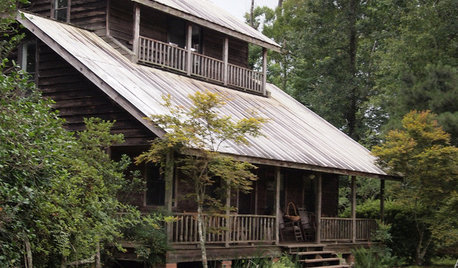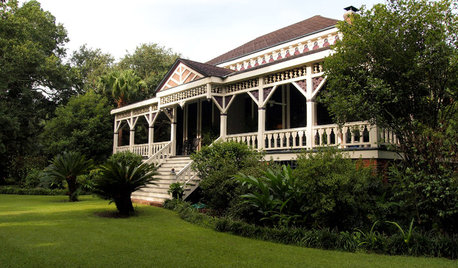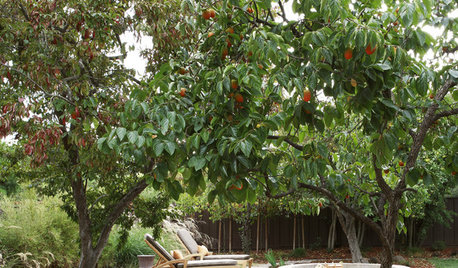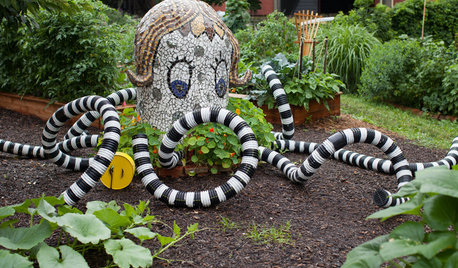Asparagus Growing in South Louisiana
noss
10 years ago
Related Stories

PATIOSRoom of the Day: Vacationing at Home in Louisiana
With a fireplace, kitchen, dining area and living room–style seating, this New Orleans patio brings the indoors out
Full Story
MY HOUZZMy Houzz: Rustic Charm in Rural Louisiana
See how wood warms the interior of this idyllic cabin getaway for art gallery owners
Full Story
MY HOUZZMy Houzz: Heritage in a New Set of Hands at Louisiana Plantation House
A young couple put their stamp on a Victorian family home that's rich in history, heirlooms and Southern charm
Full Story
FARM YOUR YARD6 Things to Know Before You Start Growing Your Own Food
It takes time and practice, but growing edibles in the suburbs or city is possible with smart prep and patience
Full Story
SPRING GARDENINGSummer Crops: How to Grow Strawberries
Pluck your own sweet strawberries right from the garden vine for smoothies, salads or eating then and there
Full Story
GARDENING GUIDESYes, You Can Grow an Edible Garden on a Hot, Dry Site
Difficult garden spots don’t need to deter you from planting trees, herbs and other delicious food plants
Full Story
SOUTHWEST GARDENINGTexas Gardener's December Checklist
Northern neighbors may be hibernating, but in the South it's time to lavish care on fruit trees, flower seeds and bulbs
Full Story
FARM YOUR YARDHouzz Call: Home Farmers, Show Us Your Edible Gardens
We want to see where your tomatoes, summer squashes and beautiful berries are growing this summer
Full Story
COMMUNITYArt, Edibles and Community Make Magic in a Pittsburgh Garden
With a name like Friendship, is it any wonder this neighborhood created such an enchanting community garden?
Full Story
GARDENING GUIDES10 Top Native Plants for the U.S. Southeast
For a low-maintenance and wildlife-friendly landscape, use Southern natives that withstand heat and humidity
Full Story





wisner_gw wisner
nossOriginal Author
Related Professionals
Baltimore Landscape Architects & Landscape Designers · Barrington Hills Landscape Architects & Landscape Designers · Southfield Landscape Architects & Landscape Designers · San Juan Landscape Architects & Landscape Designers · Bainbridge Island Landscape Contractors · Biloxi Landscape Contractors · Braintree Landscape Contractors · Eureka Landscape Contractors · Harrisburg Landscape Contractors · Live Oak Landscape Contractors · Muttontown Landscape Contractors · Placerville Landscape Contractors · Seven Hills Landscape Contractors · Severna Park Landscape Contractors · Wanaque Landscape Contractorswisner_gw wisner
nossOriginal Author
Donna
wisner_gw wisner
johnnp
nossOriginal Author
energy_rater_la
nossOriginal Author
nossOriginal Author
nossOriginal Author
energy_rater_la
lovevintage